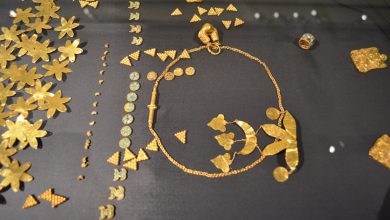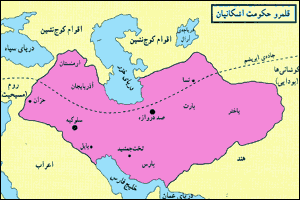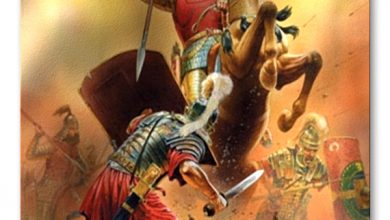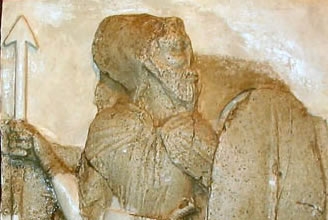The situation in Iran during the party period – Parthian civilization
Expansion of the Parthian state
The Parthian period lasted for 470 years. This course can be divided into three parts:
At the beginning of this period, which lasted for almost a hundred years, the Parthians consolidated the foundations of their young government and destroyed the Western government in the east and drove the Seleucids out of Iran..
The second part of the greatness of the Parthian state and the Parthian kings fought against the Romans and the new people of the east such as the Seks, etc. (Roman government and Parthian government)۱٫
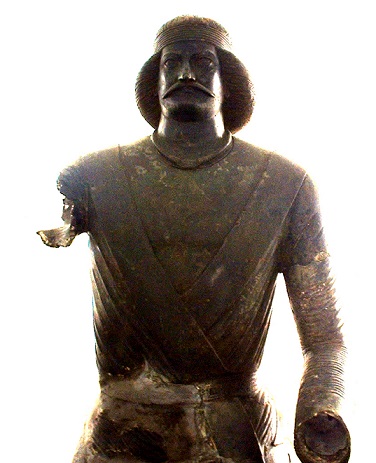
In the third part, the Parthian government goes into decline.
Regarding the boundaries of this state during its greatness, it should be kept in mind that the Parthian family was divided into several branches and each reigned in different kingdoms.: The first branch is in Iran, the second branch is in Armenia and its neighboring provinces such as Asran (Boring) etc., the third in the west and the adjoining plates to the Punjab and Sindh.
Therefore, the limits of the combined party government are this:
On the west side of the Euphrates River and on the east side of Punjab and Sindh, on the south side, the Persian Gulf and the Oman Sea and the Indian Ocean, on the north side the Himalayan Mountains, the Sihun River, the Caspian Sea and the Caucasus..
Organizations of the Parthian period
There is no detailed information about the organization of this period, because no inscriptions have been found from the Parthian sultans to clarify this issue, and what we know about the Parthians is from Armenian, Roman, and Greek sources..
Despite this, from the coins and incomplete information that has reached us, it is certain that the Parthian state was not a simple state, but that Iran was divided into smaller states at that time, such as Armenia, Media, **** , Pars, Khuzestan, Isfahan, Ray, Kerman, Yazd, Bakhtar and some parts of India etc..
These countries were independent in internal affairs, their religion and customs and the dynasty of their kings were protected (The kings of these regions were mostly Parthians. Their obedience to the great king or the emperor was known in this way, that they were present in the council during the election of the great king, and in times of war, they prepared an army and sent it to the place designated by the central government.. Greek cities, monuments of the time of Alexander and the Seleucids – They were also completely free in their internal affairs and paid tribute (Like Seleucia and so on).
In places where there was no local king, on behalf of the central governor or **** will be determined. In the center, the Parthian emperors, as can be deduced, had absolute rule, because it was a consultative assembly where important matters were resolved and concluded..
This assembly was held by the Parthian princes who had reached the limit of growth or by the heads of first-class families. Sometimes these two were combined with high-ranking clerics, and in this case, this assembly was called Mughstan.. The assembly of the princes and nobles of the Roman historians (heard) They called.
The powers of this parliament were many . If so, Keke Mughstan did not have much influence in affairs. In general, it should be said that the Parthians were far away from Babylon and Assyria (Assyria) As mentioned above, the arrangements of the Aryans were better and more reserved. Therefore, the heads of families and clans had more authority and local kings in fact
۱:This part is from Mehrdad I to the end of Balash I's reign.


